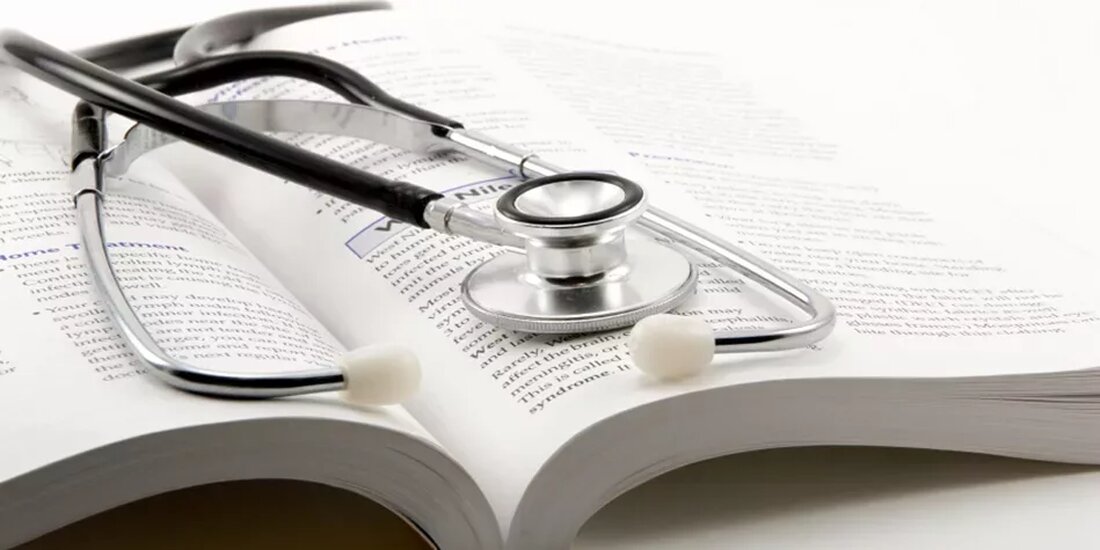design
Retrospective cross-sectional overview.
Participant
Data were collected from 201 patients aged 10 to 18 years who were referred to the Pediatric Hypertension Clinic at the University of Rochester Medical Center over a three-year period. It was assessed whether the subjects either suffered from primary hypertension or not. Patients were considered hypertensive if systolic or diastolic measurements were above the 95th percentile at the first visit and were subsequently confirmed by 24-hour ambulatory blood pressure monitoring, school nurse assessment, or home monitoring. Provider-confirmed learning disabilities (LDs) and/or formal treatment for attention-deficit/hyperactivity disorder (ADHD) were assessed according to parent report. Patients with secondary hypertension, known developmental delay, or those receiving antihypertensive medications were excluded from the study.
Key findings
Of the children studied, 18% (n=37) had LDs, which is significantly higher than the estimated 5% of the general population. Compared to the normotensive group, the hypertensive group was significantly more likely to have LDs (28% versus 9%).P< 0.001), independent of comorbid ADHD. The rate of LDs in the hypertensive group remained elevated when adjusting for age, sex, low socioeconomic status, and obesity.
Effects on practice
According to the International Pediatric Hypertension Association, up to 5% of children have primary hypertension.1The epidemic of childhood obesity further highlights this concern, as overweight children are three times more likely to develop high blood pressure.2Studies show that the lifetime prevalence of LDs in US children is nearly 10%.3The CDC reports that the prevalence of parent-reported ADHD in children increased by more than 20% from 2003 to 2007.4It is clear that hypertension, LDs, and ADHD represent major challenges for this generation of children and their healthcare providers.
Treatment strategies for hypertension outlined by the American Academy of Pediatrics initially focus on lifestyle changes, reserving pharmacologic interventions for cases in which the response to lifestyle changes is inadequate and for secondary hypertension.5While recent clinical trials have expanded the number of antihypertensive medications with pediatric dosing information, these studies also demonstrated that a number of commonly used antihypertensive medications were ineffective in the pediatric population.6.7It should also be noted that there is no data on the long-term effects of these drugs on growth and development, but they continue to be routinely prescribed to children.8.9
There are no data on the long-term effects of these medications on growth and development, but they continue to be routinely prescribed to children.
Current treatment strategies for ADHD focus on stimulant medications and/or behavioral therapy.10The authors acknowledge that the inclusion of children taking stimulant medications for ADHD is a limitation of the study due to the possible side effect of increased blood pressure. Interestingly, guanfacine (Tenex), an alpha-2 adrenoceptor agonist prescribed to adults as an antihypertensive drug, has been used in recent years to treat ADHD, either alone or in conjunction with stimulant medications. While guanfacine's mechanism of action in ADHD is thought to rely on binding adrenoceptors in the prefrontal cortex, its effectiveness may also potentially be attributed to its antihypertensive properties.11
From a naturopathic perspective, this study encourages practitioners to find the cause and treat it. The mechanism linking primary hypertension to LDs in children has not been investigated. However, inflammation, toxin and heavy metal exposure, nutrient deficiencies, and an exaggerated stress response should be assessed. When considering successful treatments commonly used by naturopathic physicians to treat high blood pressure and support cognitive function, an overlap is immediately apparent. Changing your diet, losing weight and exercising would be the first recommendations of most, if not all, naturopaths. Accordingly, the status of antioxidants and essential fatty acids as well as B vitamins, calcium and magnesium would be important considerations for both diseases; as well as the use of herbal medicines with cardiotonic, adaptogenic and nerve-strengthening properties.
By linking neurocognitive functions in the pediatric population to hypertension, this study may help guide the diagnosis, treatment, and ultimately prevention of these disorders. A causal connection has not yet been proven and further investigations are required. However, studying the appearance of one when presented to the other in a clinical setting seems justified and easy to implement.

 Suche
Suche
 Mein Konto
Mein Konto

